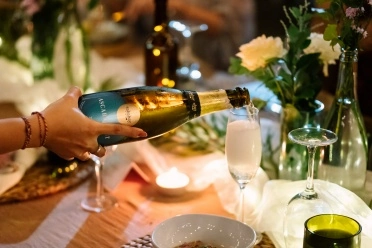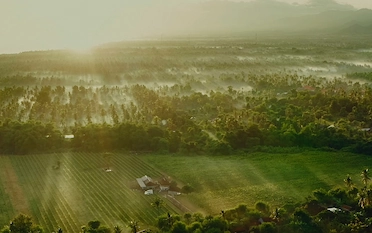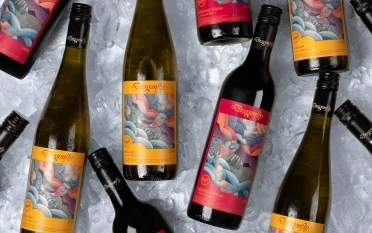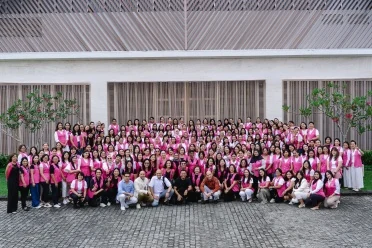Bali's Jatiluwih Rice Terraces, a UNESCO World Heritage site, are renowned for their breathtaking beauty and cultural importance. However, with rapid development, climate challenges, and the pressures of modern life, these iconic rice terraces face growing threats. Fortunately, sustainable tourism offers a way to protect Jatiluwih, ensuring that both the land and the local farming communities continue to thrive while preserving the traditions that have shaped this remarkable landscape for centuries. Read on to discover how tourism can help safeguard this cultural treasure.
Sustainable tourism has emerged as a potential solution to help protect this cultural gem and ensure its future.
Located in the heart of Bali, Jatiluwih Rice Terraces are not only an iconic symbol of Bali’s traditional agricultural landscape but also a testament to the island's sustainable farming practices, known as "subak." However, like many historic landscapes around the world, the Jatiluwih Rice Terraces face growing pressures from modern development, climate change, and the challenges of preserving traditional farming in a rapidly changing world. Sustainable tourism has emerged as a potential solution to help protect this cultural gem and ensure its future.
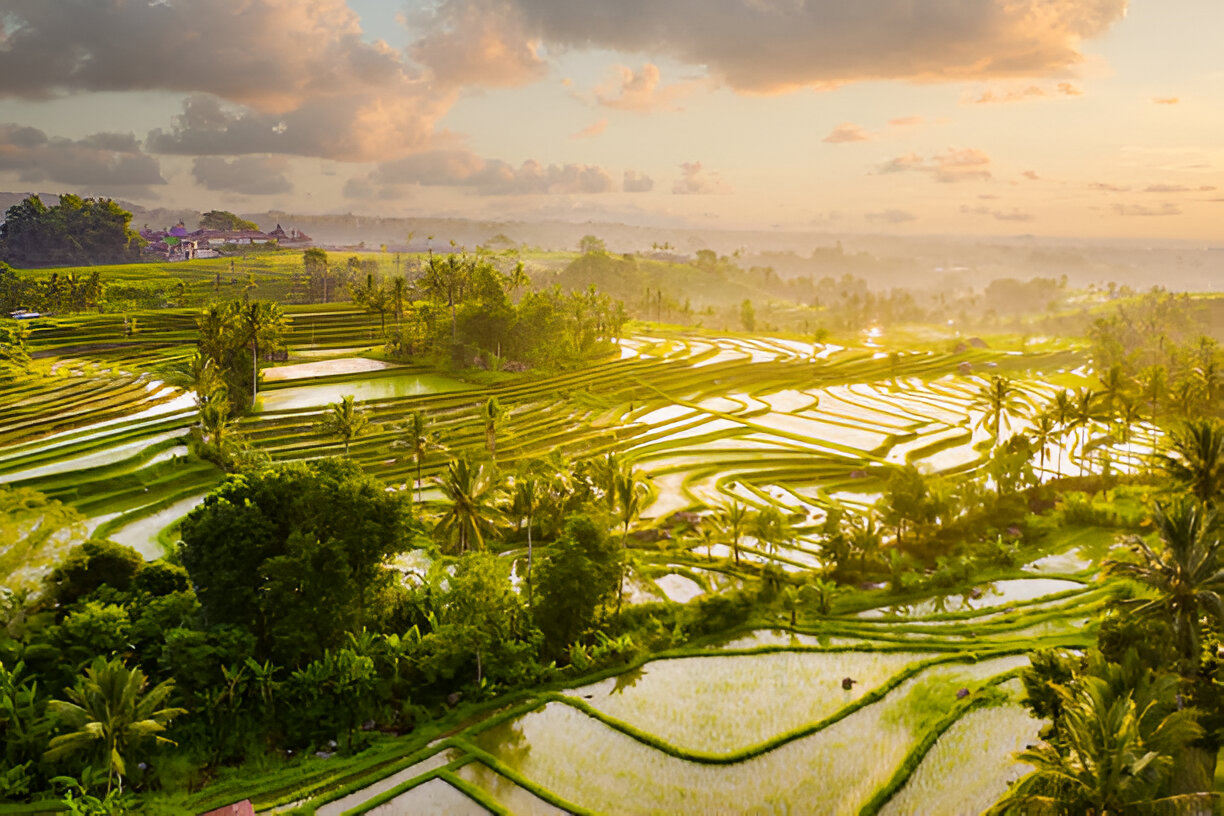
One of the main challenges to the Jatiluwih Rice Terraces is the rapid conversion of agricultural land into tourism and commercial development. As tourism demand grows, there is increasing pressure on farmers to sell their land to developers for resorts and other ventures, which threatens the existence of the rice fields. The cost of farming is also rising, with the market value of crops declining, leaving many farmers with difficult decisions about their future. This puts the traditional agricultural practices at risk as modern development encroaches upon the land that has sustained generations of farmers.
In addition to these pressures, the climate crisis has begun to affect the rice terraces. Changes in rainfall patterns, particularly the effects of El Niño, have reduced the water supply to the rice fields, forcing farmers to adapt. As the water sources dwindle, many traditional wet rice paddies have been converted to plantations, further altering the landscape and threatening the sustainability of farming practices.
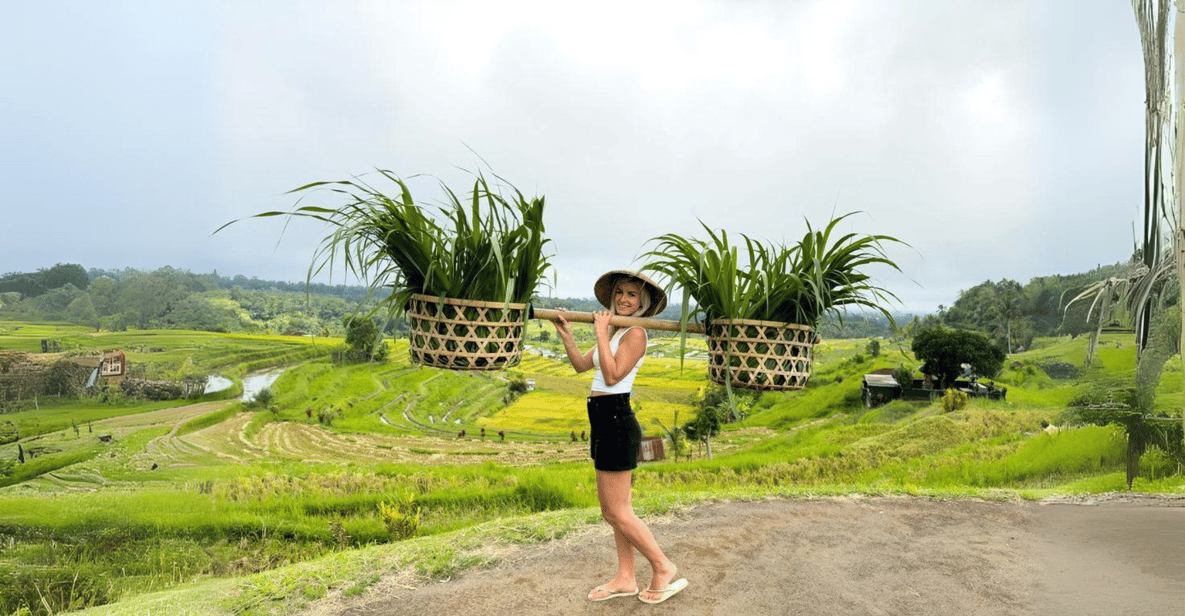
Sustainable tourism has become an essential tool in balancing development with conservation. By promoting responsible tourism practices, Jatiluwih has managed to protect its rice terraces while supporting the local community. Tourists visiting Jatiluwih contribute directly to the preservation of the site through entrance fees, which help fund community projects and agricultural support programs. A significant portion of the income generated from tourism is reinvested into the farming community, including subsidies for fertilizers and other agricultural necessities. These efforts help maintain the rice terraces and support the farmers who continue to uphold traditional practices.
The tourism model in Jatiluwih is designed to involve the local community in the preservation process. Visitors are encouraged to engage with the area’s rich agricultural heritage, learning about the subak system and the importance of rice cultivation in Balinese culture. This not only raises awareness about the region’s cultural significance but also provides a source of income for the farmers, making it more economically viable for them to continue traditional farming rather than selling their land to developers.
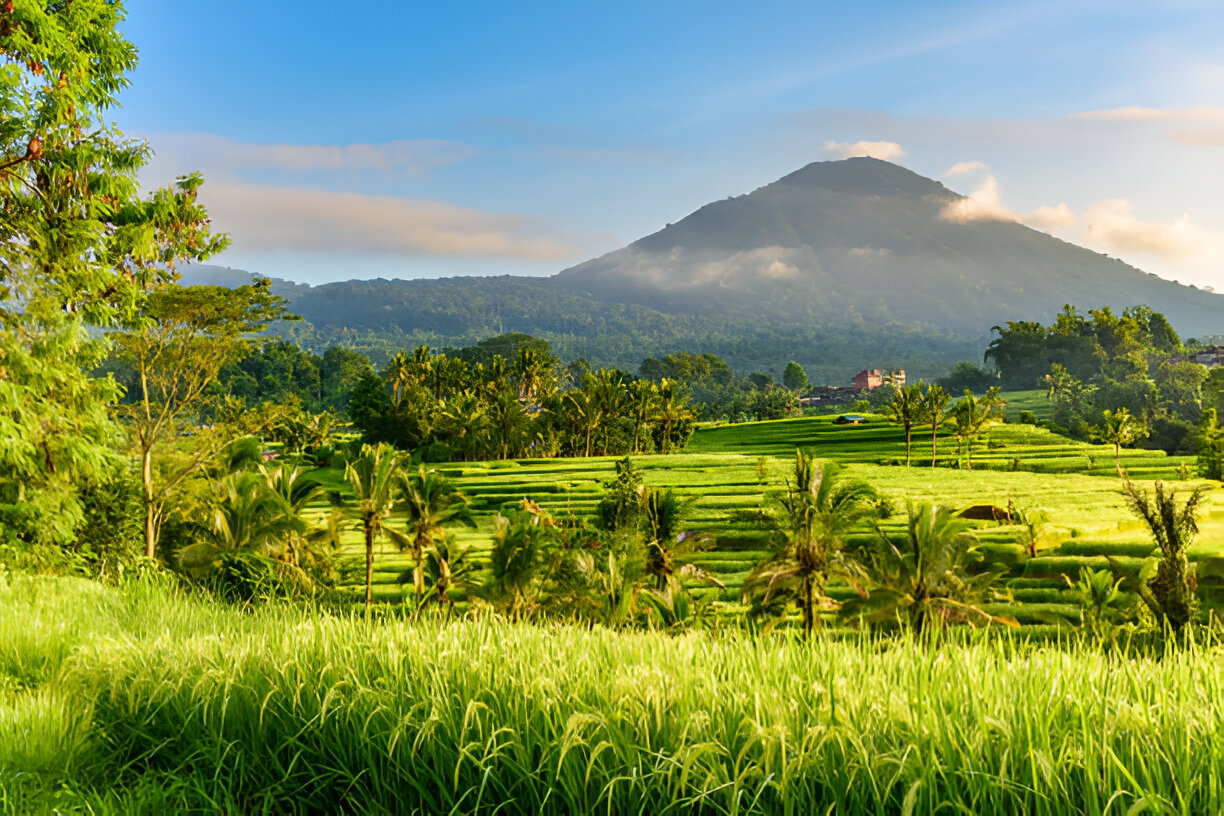
The ongoing success of Jatiluwih’s sustainable tourism model is rooted in its commitment to cultural and environmental preservation. One of the key components of this approach is the regulation of land use in the area. Strict guidelines prevent the construction of new buildings within the rice terraces, ensuring that the landscape remains free from overdevelopment. These regulations are further reinforced by the UNESCO World Heritage status of the site, which provides additional protection and recognition for the importance of the rice terraces on a global scale.
Moreover, the tourism revenue generated from Jatiluwih helps fund environmental initiatives aimed at mitigating the effects of climate change. For example, efforts to reduce the use of harmful fertilizers are ongoing, as excessive fertilizer use has led to soil degradation and water contamination. By supporting more sustainable farming techniques, the tourism industry plays a vital role in preserving the health of the rice terraces for future generations.
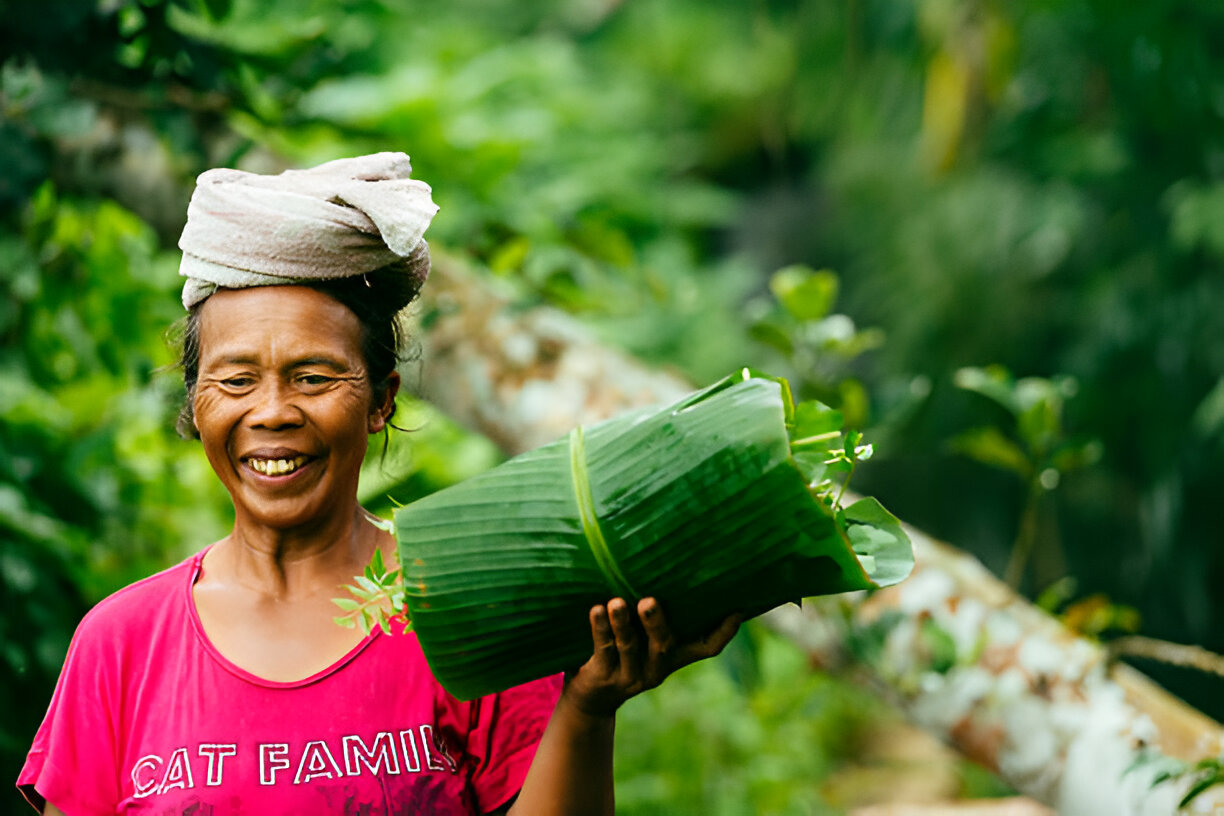
A cornerstone of Jatiluwih's sustainable tourism approach is the Tri Hita Karana philosophy, which emphasizes the balance between people, nature, and the divine. This guiding principle is reflected in the community’s commitment to maintaining their cultural heritage while embracing responsible tourism practices. The community’s dedication to these values has earned Jatiluwih recognition as one of the best tourism villages globally in 2024, underscoring the positive impact of sustainable tourism on both the local community and the environment.



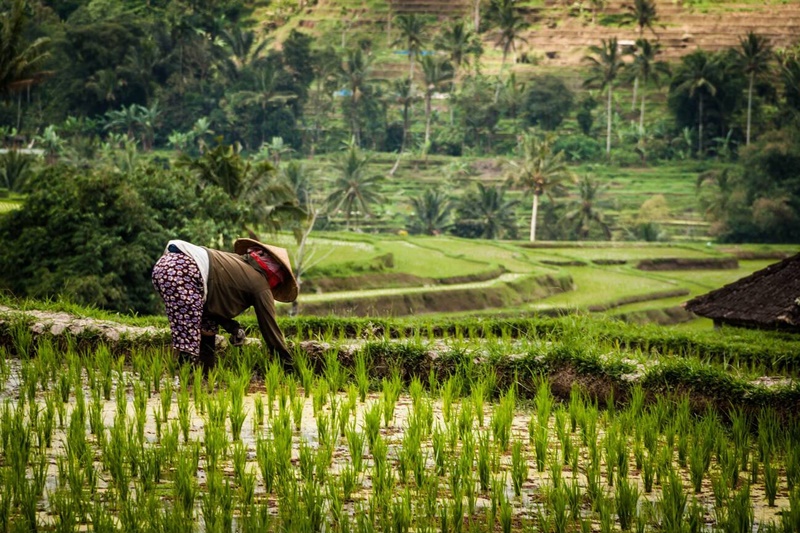
 Billy Bagus
Billy Bagus
 Nov 28, 2024
Nov 28, 2024


